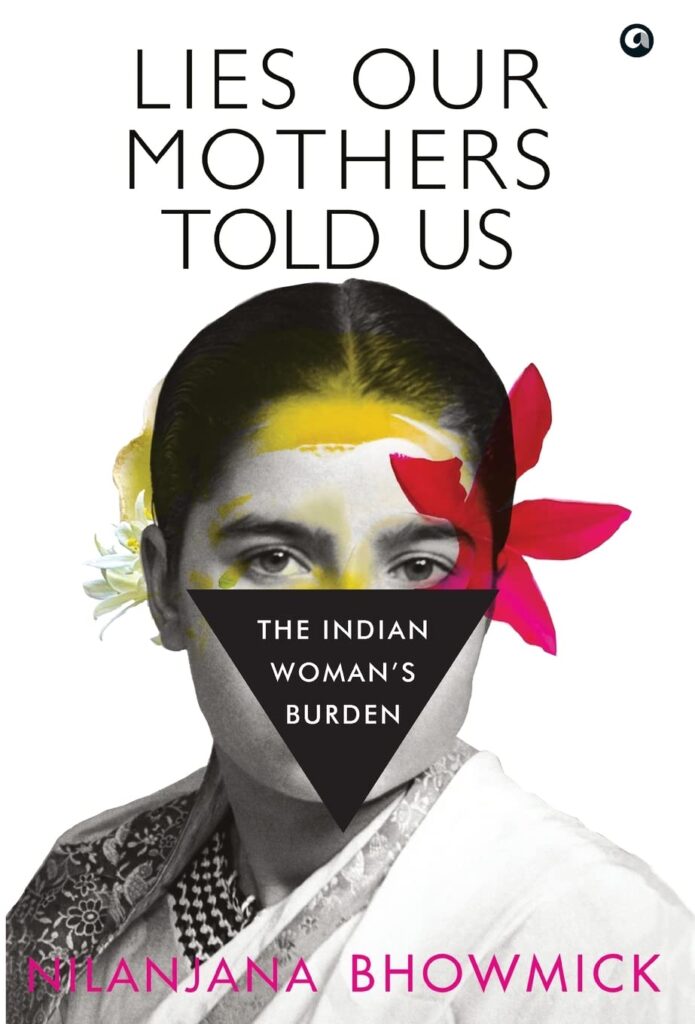Circa 1998, the Pokhran nuclear tests, and Amartya Sen winning the Nobel Prize in economics were among the key events that hit the headlines in India that year. What many don’t know was that the same year, the Indian government conducted its first official time-use survey. As the name suggests, the survey is conducted to assess how men and women distribute their time between different activities – be it their jobs, household chores, or socializing.
It took another decade for the second official time-use survey to be conducted in 2019 and one of the key findings of the survey was that women spent 299 minutes every day on household work and another 134 minutes per day on caregiving tasks. In comparison, men spent 97 minutes daily on domestic chores and 76 minutes on caregiving tasks. These statistics underline the deep bias between men and women when it comes to shouldering domestic and caregiving responsibilities.
While women are often expected to take on these roles without any qualms, men are lauded for doing the same. In their role as the “chief caregiver” of a home, women make many sacrifices which include those made on the professional front. Nilanjana Bhowmick’s ‘Lies our mothers told us: The Indian woman’s burden’ is a thought-provoking book that underlines the deepening gender gap in the country and how women for generations have been caught in a toxic cycle where they are expected to outperform themselves at every front while paying little attention to their own mental, emotional and professional development. Moreover, it cites both causal and empirical evidence to underline that unpaid work and women are a generational phenomenon.

The ‘superwoman’s’ struggle with the ‘double shift’
The book is based on a set of observations, narratives, assessments, and stories collected after extensive research and interviews of women from across India, cutting across castes, lines, sex, and religion. What’s more, is that most of the women who were interviewed for the book belonged to middle-class families. And, in a way, the tiny detail makes the most sense. Sample this: one in every three Indians belongs to the ‘middle class’ while earning incomes ranging between Rs 5 lakh and Rs 30 lakh per annum.
In tandem with what its title suggests, the author begins by recounting her own childhood and how her mother’s struggles while balancing a government job with the expectations of a joint family and raising a family of two daughters. Bhowmick writes about the toxic masculinity that is often a part of middle-class families where “even when fathers encourage their daughters to fly, they prefer to keep their wives in cages”.
Backed with a series of hard-hitting and credible statistics, Bhowmick paints an accurate yet depressing picture of how women are conditioned by society to believe in the idea of domesticity. It’s an idea passed down by generations that domesticity is the primary realm of women and everything else must come second. What’s even more troubling is how women rarely talk about this phenomenon and don’t ask for help. It’s always relatively easy to be a part of “superwoman” culture than confessing about their disturbed emotional state.
The book is likely to strike a chord with many middle-aged women and their daughters too – who have grown up seeing their mothers toil endlessly with the “double shift”. According to the author, a “double shift” refers to how women fulfill the traditional housework and caregiving responsibilities along with their professional commitments.
As Bhowmick puts it, coupled with the “superwoman syndrome”, the modern Indian woman’s struggle with the “double shift” remains largely invisible. As a result, we have a country full of overworked women who know they deserve better but don’t know whom or how to ask for help. Not to forget, the pressure to fulfill traditional roles also hampers women’s professional prospects. It’s not uncommon for corporations to pay lower salaries to women than their male employees.
The glaring gender gap
Bhowmick also deserves credit for highlighting how the caste factor further deepens the gender gap in India. In the wake of how most middle-class families belong to the upper castes, a large number of women hired as caregivers or domestic help are usually from “lower socio-economic” backgrounds. Women belonging to “lower castes or economic sections” face double exploitation i.e. both inside the family and outside them too. These women are hired to lessen the burden of more privileged women so that the latter can continue with their paid work. The arrangement tends to be exploitative because of unequal power dynamics, the pay gap, and the job’s informal nature.
Bhowmick’s book is about the extraordinary truths about every ordinary woman that the world either doesn’t acknowledge or refuses to come to terms with. Nevertheless, the book is a trailblazer that opens an outlet for more impactful conversations about women, their professions, their roles as caregivers, and their relationships with their partners and extended family. It presents an apt reminder of how society, including its women, might be supporting a toxic and prejudiced environment that threatens to plague the lives of coming generations.


